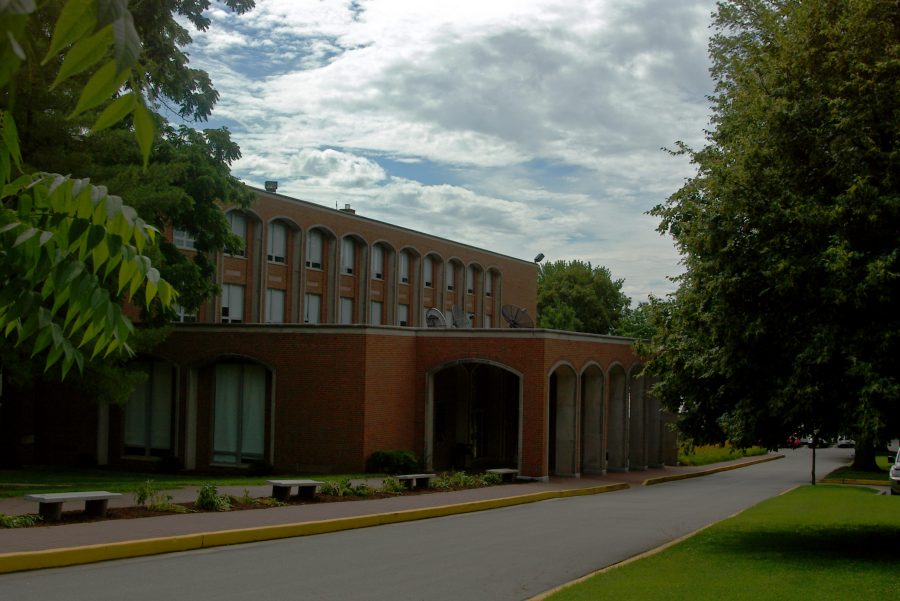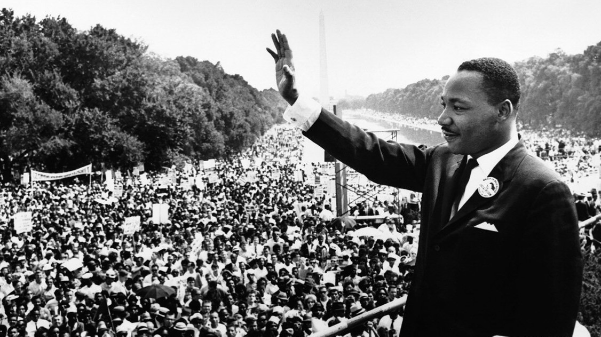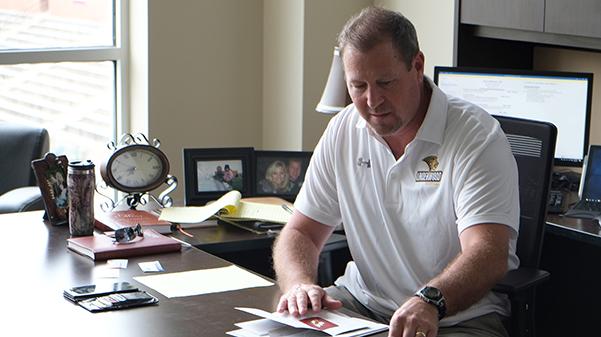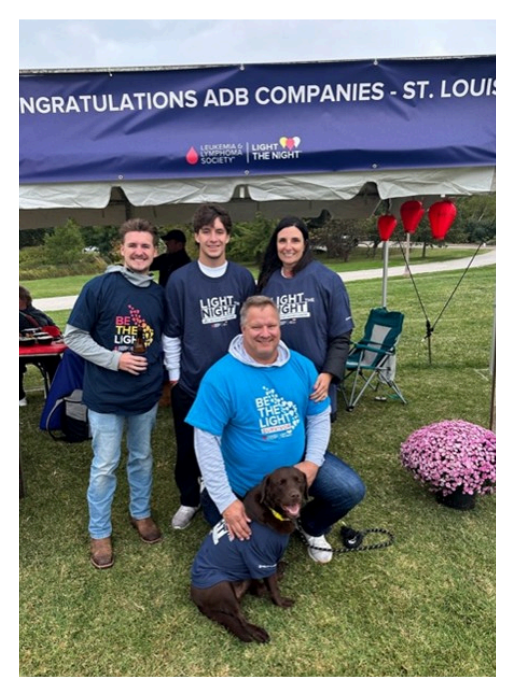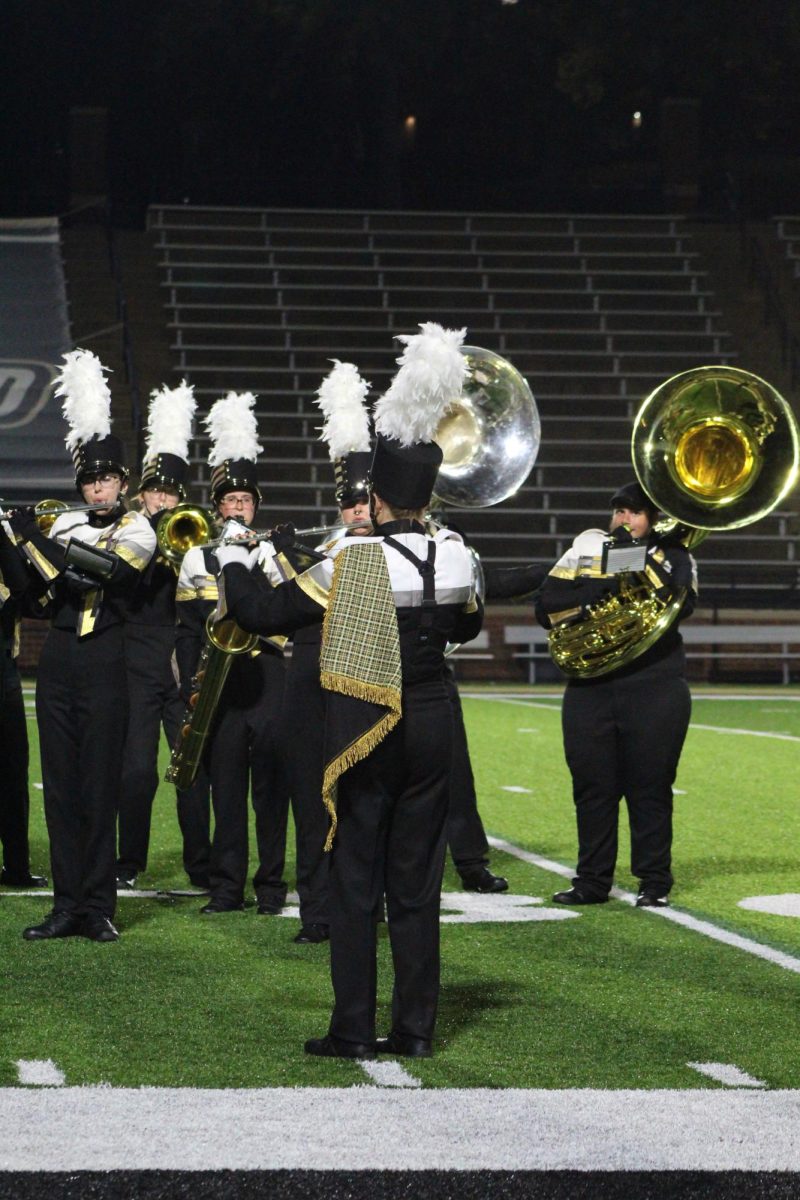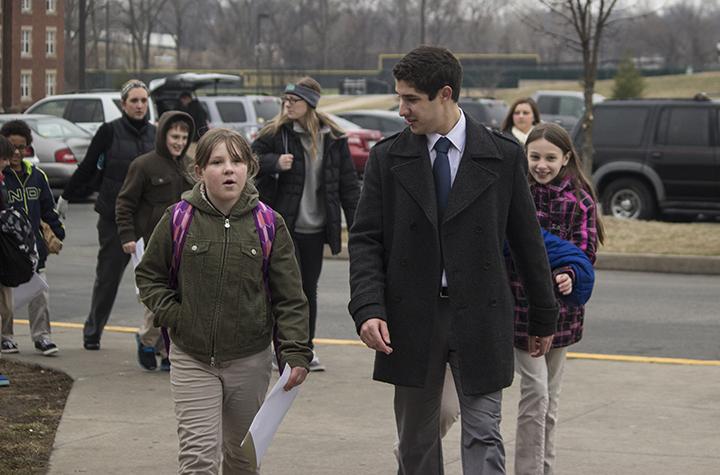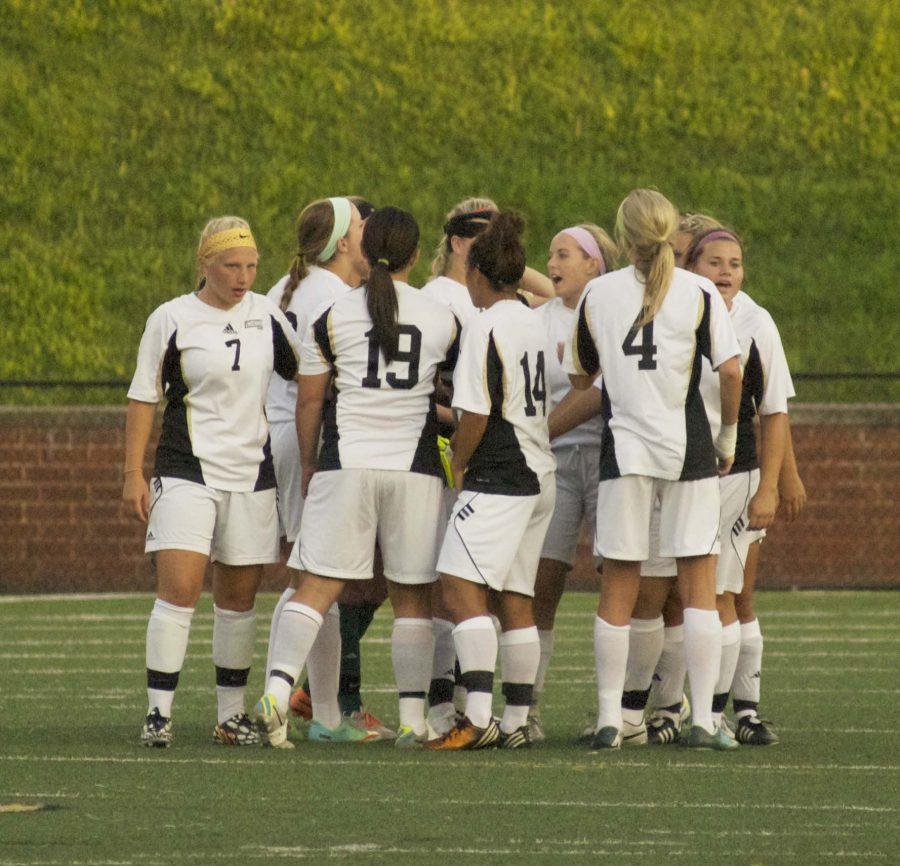Michael Sprague | The Legacy contributor
Featured photo courtesy of Mary Ambler Archives. Young Hall.
This story is part of the “Names that built LU” weekly series issued by The Legacy that has been profiling 28 campus buildings named after Lindenwood personnel.
Prior to the 1960s, Lindenwood College’s need for a modern, high-tech science department was the same as many colleges: a luxury. “Ten years ago the need for this building did not exist. Today the need is urgent,” read the informational pamphlet for the new science hall built in the mid-1960s.
Right in the middle of what came to be known as the “Space Race” with Russia, science was expanding more than ever.

The hall, completed in 1966, was every bit of a sign of the times it was being built in. “Uses of radiation as a tool, in chemistry and biology; the ‘fingerprint’ technique of chemical identification; bio-electrical phenomena in biology,” were all things the new building could accommodate for, according to the pamphlet.

The hall was dedicated upon completion to long-serving member of the board of directors, Howard I. Young. Although he died in late 1965 before the building was complete, Young played a large role in furthering Lindenwood’s interest in the sciences. He had served on the board beginning in 1942, and was elected president in 1957.
Young could best be described as an industrialist, serving as the president of American Zinc Lead and Smelting Company for more than 30 years. As the board president of both American Zinc and then Lindenwood College, Young already had a full plate. That would not stop industrialist nature, though.
Young also directed companies such as General American Life Insurance Company, Mercantile Trust Company and Southwestern Bell Telephone Company, according to the St. Charles Journal.
With a wide range of commitment, Young cannot simply be nailed down as a businessman, or a politician, or even an industrialist as previously mentioned. No, Howard Young was all of those things wrapped into one. He thrived on furthering new fields.
Early on it was metals, then telephone communication, and when the chance to further the field of science became a possibility, Young made sure to further the cause.




